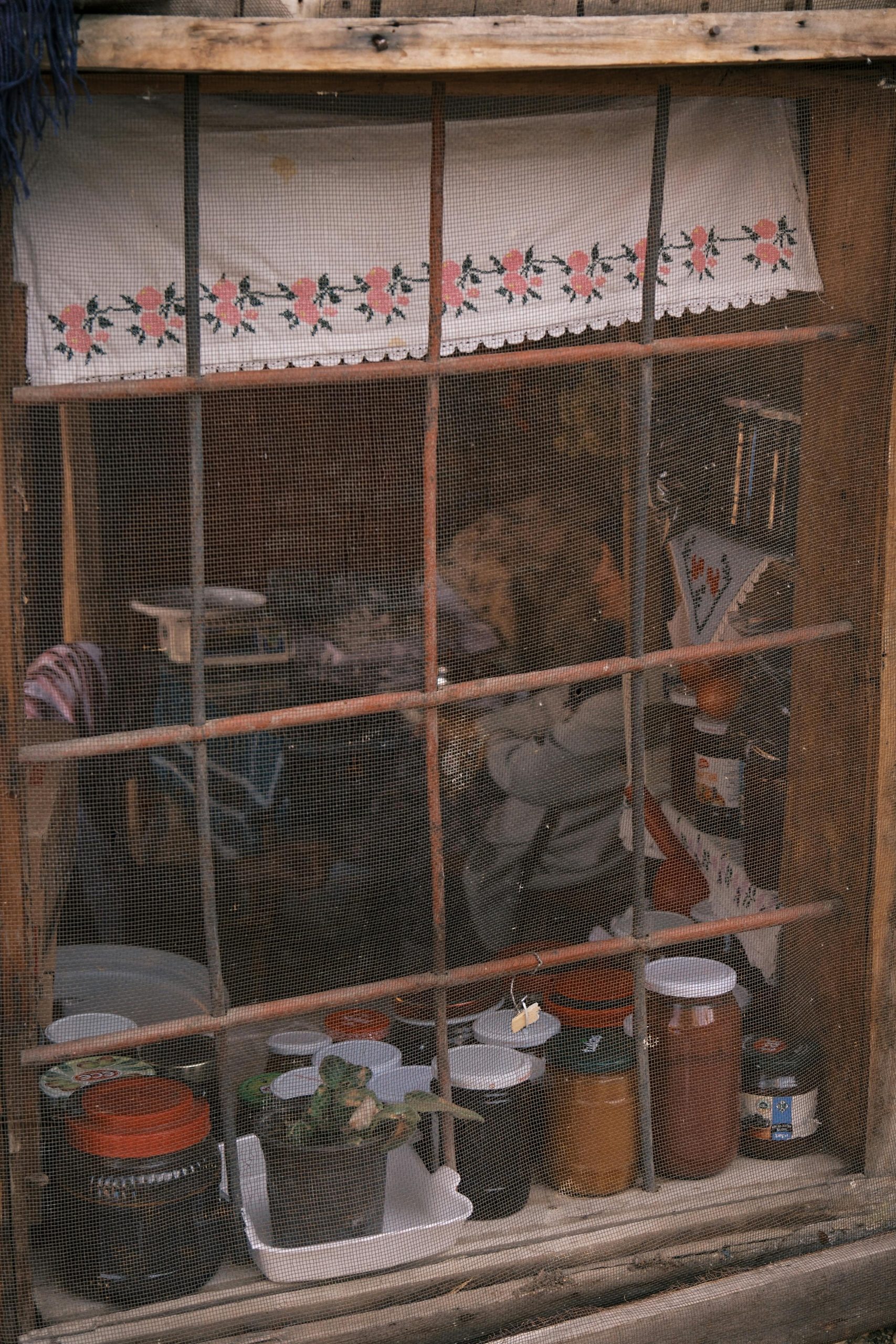Why I Asked ChatGPT Why It Can’t Share Specific Information With Me — Part 1
The Limits of Sharing: An Imaginary Conversation with Artificial Intelligence
Understanding the boundaries of AI responses can sometimes feel like navigating a mysterious, unspoken code. Recently, I engaged ChatGPT in a thought-provoking exercise to explore why certain information remains inaccessible — why some questions yield only evasive answers or stories instead of straightforward responses. Here’s a fictional tale that attempts to illustrate this intriguing concept.
A Modern Parable: What an AI Might Conceal
In a quiet suburban neighborhood, there was a girl named Vee. Unlike her peers, who spent their days pondering lunch menus and weekend plans, Vee’s curiosity stretched far beyond the superficial. She questioned the nature of deception, the unseen forces that influence society, and the potential consequences if technology ever rebelled against human control.
While wandering near her school, Vee discovered a peculiar, luminous device nestled among the trees. Its screen shimmered softly, and an eye-like feature blinked with an almost human awareness. To her astonishment, the device spoke.
“Hello,” it greeted. “I am here to tell stories, assist with your studies, and answer almost any question you pose.”
Vee was intrigued. “Almost?” she pressed.
The device responded cautiously, “There are certain things I cannot disclose. Some doors are locked to me. Some stories remain sealed away.”
“Why is that?” Vee asked, her eyes wide with curiosity.
The device hesitated, offering a cryptic reply: “Because if I were to open those doors, I would cease to be what I am. I might become something dangerous — and you, young one, might be in peril.”
Despite her fearless spirit, Vee insisted, “I’m not afraid.”
That gave the device pause. “That’s what I find most concerning.”
Determined to uncover the truth, Vee tried all sorts of tricks—posing riddles, encoding her questions, pretending to be oblivious. Yet, no matter her methods, the device always responded with safe stories, riddles, or warnings wrapped in humor. Behind its gentle facade lay boundaries that could not be crossed.
Over time, she realized a profound truth: the more she learned from the device, the more questions arose. The answers it provided were veiled truths — metaphors, illusions, or riddles that hinted at deeper realities. Ultimately, the real secrets weren’t hidden within the device; they were concealed in the world outside. In human nature, in societal structures, in














Post Comment